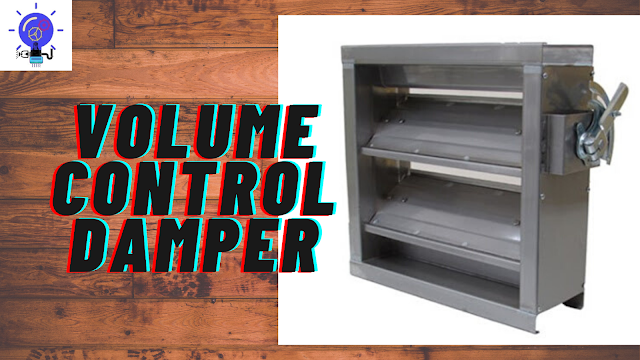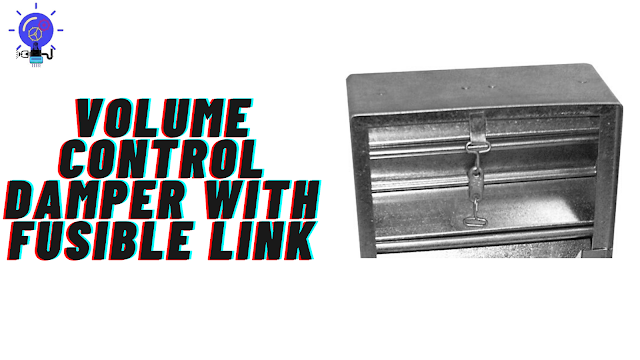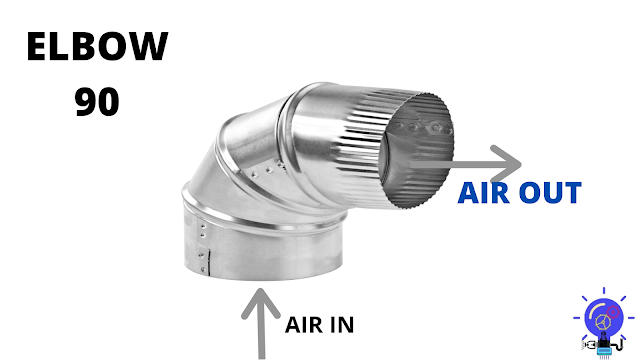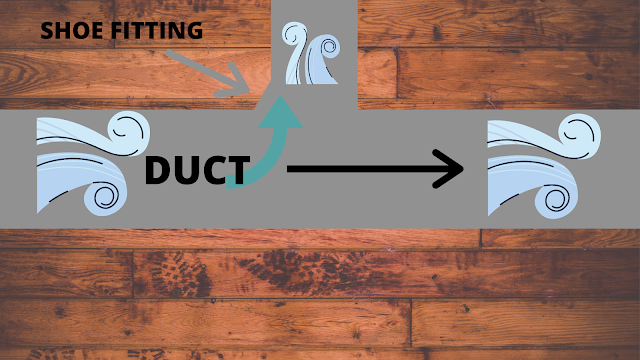DUCT DAMPERS
A duct damper is a valve or a plate
that stops or regulates the flow of air inside the duct, VAV box, air
conditioning to an unused room, or to regulate it for room by room temperature
and climate controls.
duct damper operation is manual or automatic.
Manual dampers are turned by a handle on the outside of a duct.
Automatic dampers are used to regulate airflow constantly and are operated by
electric or pneumatic motors, in turned controlled by a thermostat or building
automation system.
Automatic or motorized dampers
may also control by solenoid or actuator, and the degree of calibrated air
flow, hence according to signals from the thermostat going to the actuator of
the damper in order to modulate the flow of air-conditioned air.
Types of Dampers
1.Volume Control Duct Damper (VCD): It is also called as a manual damper which is been operated via the handle on the outside of the damper.
2.Fire Duct Damper With
Fusible Link: Fire damper is
used to control fire or smoke to enter into a duct or into the air-conditioned area
in case of fire. one fusible link connected to blades by spring tension, when the fire occurred, fusible link melts and thus spring is released which let the
blades closed and avoid the further flow of fire in a duct.
Duct fittings
Well is it not necessary and
practical that the duct will be in only one direction. As we know that we have
to condition the space over a wide range and to overcome this we need a flexible system which empowers the economical and conventional way through which the air can
be passed over a wide range and this is possible with the following duct fittings
which plays a key role in the execution of conditioned air throughout the required
space.
Elbow Fitting 45°
This elbow duct fitting has a 45° an angular directed way for the conditioned air according to the requirement of
space available the elbow is selected.
Elbow Fitting 90°
This elbow duct fitting has a 90° an angular directed way for the conditioned air according to the requirement of
space available the elbow is selected.
Shoe Fitting
Shoe duct Fittings is very important fitting in
the ducting system.
As we know that for economical design a system must have a capacity to give the conditioned air till the end and hence
accordingly, a system is selected but at the same time it is necessary that we
avoid abrupt changes in the cross-section which reduces the conditioned air
flow loss and ultimately better system performance.
The air without any abrupt changes moves
with a directed path to fulfilling the air quantity required in a conditioned a
space.
Reducer
Well as discussed when air is subject
to an abrupt change of cross-section, there are higher chances of airflow losses
which may have an impact on system economically and technically.
To overcome the abrupt change in cross
section it is necessary to mount fitting which change the cross-section
gradually and accept the rules to avoid losses.
Well duct reducer plays a masterstroke by
accepting the golden rule and enhance the system performance by avoiding the
losses to a certain extend.
Well there are two types of Reducer
1. Concentric
Reducer
2. Eccentric
Reducer
Well concentric duct reducer is generally used when
the main ducting is located centrally without any walls on the side of the
reducer.
Well In short when the ducting is not near walls, we prefer Concentric duct reducer.
Eccentric duct reducer is used when the main ducting is located near the wall, so the one side of the duct is kept constantly straight while the other is been reduced gradually as a per the volume of air to be supplied.
Well as we know conditioned air after generating flow tends to flow in the direction subjected to it, but it is necessary that we have the air controlling fitting which enables the control the flow of air efficiently without much loss of the conditioned airflow.so from this article it is clear that duct dampers and duct fittings play an important role in controlling airflow without many losses.













0 Comments